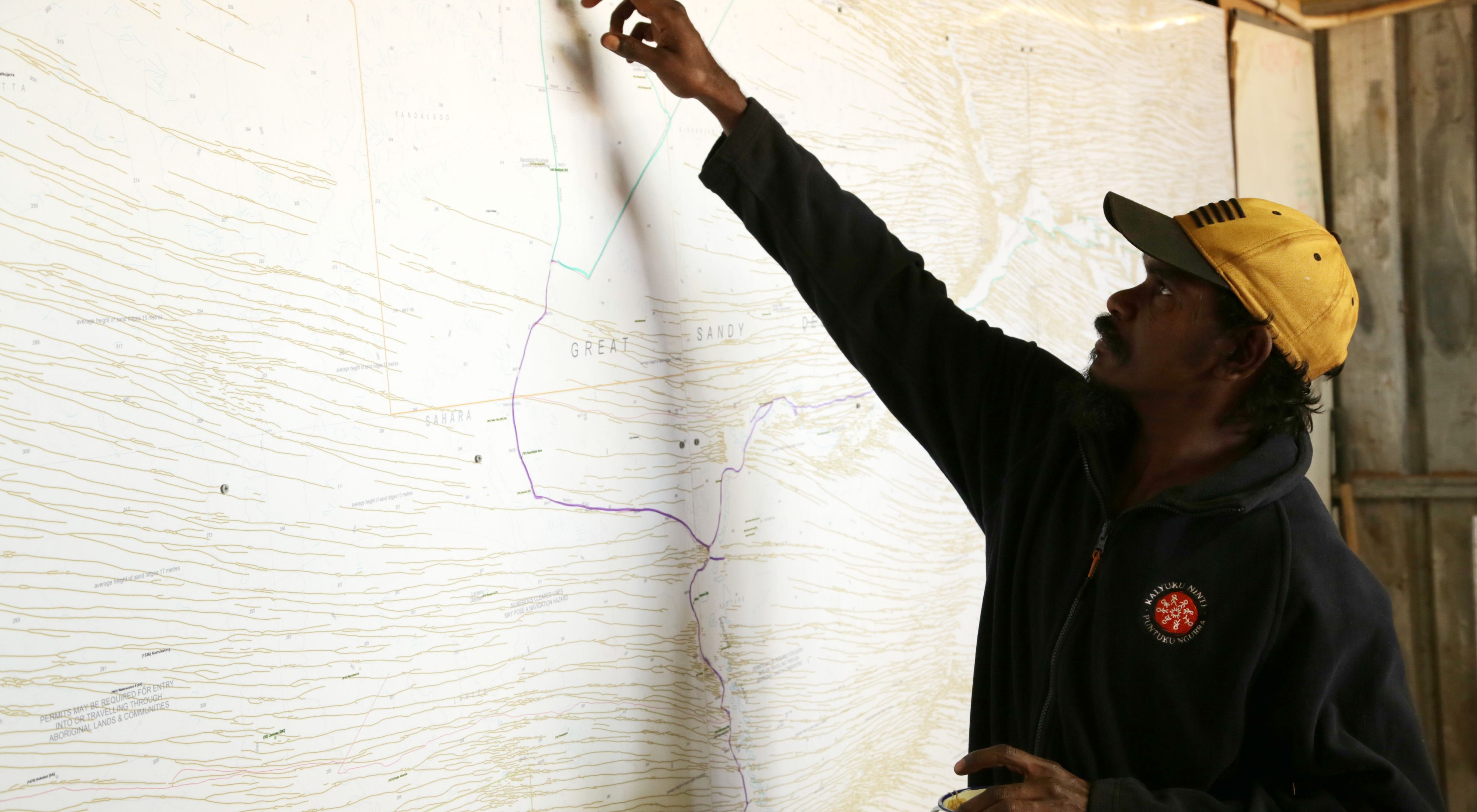In order to ensure our conservation projects are effective and have the greatest impact possible, we use a system called Conservation Action Planning (CAP). CAP combines scientific and project management expertise in the planning, implementation and measurement of conservation projects.
CAP was developed by The Nature Conservancy in the 1990s and is now used in projects worldwide. In Australia, the approach is being used by more than 20 organisations and being applied to more than a hundred projects across the country. For more detailed information and resources about CAP, visit our specialist Conservation Gateway website.
For the Australian context, we’ve adapted CAP further to incorporate social and cultural values, particularly to better accommodate the values of Indigenous people. This process is known as Healthy Country Planning.
Healthy Country Planning leads groups through a series of five steps:
- Deciding what the plan is about – the first step in creating a Healthy Country Plan is clarifying the purpose of the plan and what it will focus on, including the vision, scope, the key things groups care about (assets), potential problems (threats) and what is causing problems (situation analysis).
- Making the plan – this step takes teams through developing goals and objectives, strategies and measures to know if we are getting anywhere. This includes developing monitoring plans and results chains (theories of change) on how the strategies will achieve their objectives.
- Doing and monitoring the work – in this step teams take their strategic actions and measures and develop specific annual budgets and workplans for delivering the work.
- Deciding if the plan is working – this step first asks teams to take the time to evaluate whether their plan is working and achieving what they wanted, and whether they need make any changes.
- Telling ourselves and others – the final step is about communicating progress, including documenting and sharing what teams have learnt so that other groups can benefit from their successes and challenges.
Generally, the process for creating a Healthy Country Plan is undertaken through a series of workshops where interested groups, including an area’s traditional owners, gather to learn about how they can create a plan to look after the land and keep it healthy. The workshops are practical sessions, helping participants to work through each of the steps above facilitated by an expert coach. The tools and outcomes of the workshops are then taken back to their communities, to help to guide the process of writing a Healthy Country Plan.

Partnerships
Working with Indigenous Australians for Conservation
Working in this way keeps traditional knowledge alive, makes the conservation work more successful and helps the transfer of knowledge from elders to young people.

Places We Protect
Protecting the Kimberley’s Fitzroy River region
The mighty Fitzroy River in the Kimberley Region of far north Western Australia runs through the rugged and beautiful traditional Country of the Nyikina and Mangala people. It is part Australia's northern tropical savanna, considered the largest intact savanna in the world with globally-significant biodiversity.
